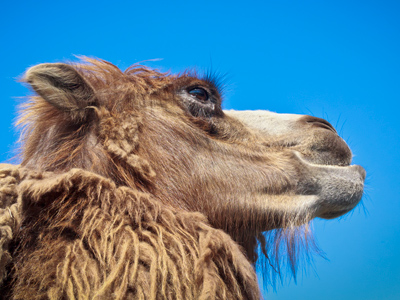
Adaptation
This Science quiz is called 'Adaptation' and it has been written by teachers to help you if you are studying the subject at middle school. Playing educational quizzes is a fabulous way to learn if you are in the 6th, 7th or 8th grade - aged 11 to 14.
It costs only $12.50 per month to play this quiz and over 3,500 others that help you with your school work. You can subscribe on the page at Join Us
This middle school Science quiz takes a look at adaptation - the process by which animals, plants and other living things have changed so that they better suit their habitat.
Adaptation is the adjustment of animals and plants to their environment.
Ready for more?
not all...
quizzers. Try to win a coveted spot on our Hall of Fame Page.







